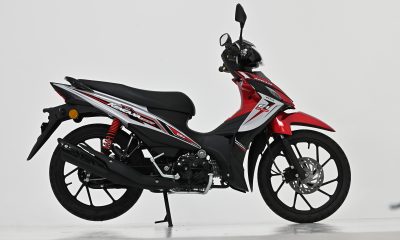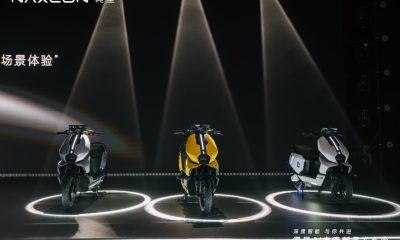Malaysia’s two-wheeler market grows 2.5% in H1 2025, led by scooter sales and electric growth. Yamaha gains 6.2% while rivals struggle.

Malaysia’s two-wheeler market is finding its footing again in 2025, posting a modest 2.5% growth in the first half of the year. A total of 277,620 units were registered, with scooters leading the charge and Yamaha emerging as the standout performer.
While scooters grew by 3.1%, traditional motorcycles slipped 5.3%, reflecting changing consumer preferences amid a shifting economic and industrial backdrop.
Economic Conditions: Stable but Uneven
Malaysia’s economy grew by 4.4% in Q1 2025, with strong domestic demand, improved wages, and ongoing investment projects contributing to the uptick. Household spending remained healthy, supported by labour market gains and policy revisions.
However, slower export growth, particularly from the mining sector, along with a dip in vehicle production, dragged on overall output. Despite this, services and manufacturing remained resilient, especially in the electronics space.
Scooters Up, Motorcycles Down – But EVs Accelerate
While overall growth remains cautious, a few trends are hard to ignore. Scooter sales continue to climb, bolstered by urban demand and fuel efficiency. More notably, electric two-wheelers saw a 117% jump in sales after tripling the year before, signalling growing traction even in a market still dominated by petrol engines.
Brand Breakdown: Yamaha in Front
Yamaha remains at the top of the leaderboard, expanding its market share with a 6.2% increase in sales. Its focus on versatile, city-friendly models like the NVX 155 VVA appears to be paying off.
In contrast, Honda slipped by 7.0%, and local players like SM Sport (-3.3%) and Modenas (-8.0%) are facing headwinds. These numbers point to a shifting competitive dynamic where product relevance and brand agility are more critical than ever.
What’s Next?
The second half of 2025 may continue to test the resilience of manufacturers, especially with rising interest in electrification and changing mobility patterns. Yamaha’s current lead is a clear sign of its strategic positioning, but with EV adoption picking up speed, the race is far from over.






























Facebook
Instagram
X (Twitter)
YouTube
LinkedIn
RSS